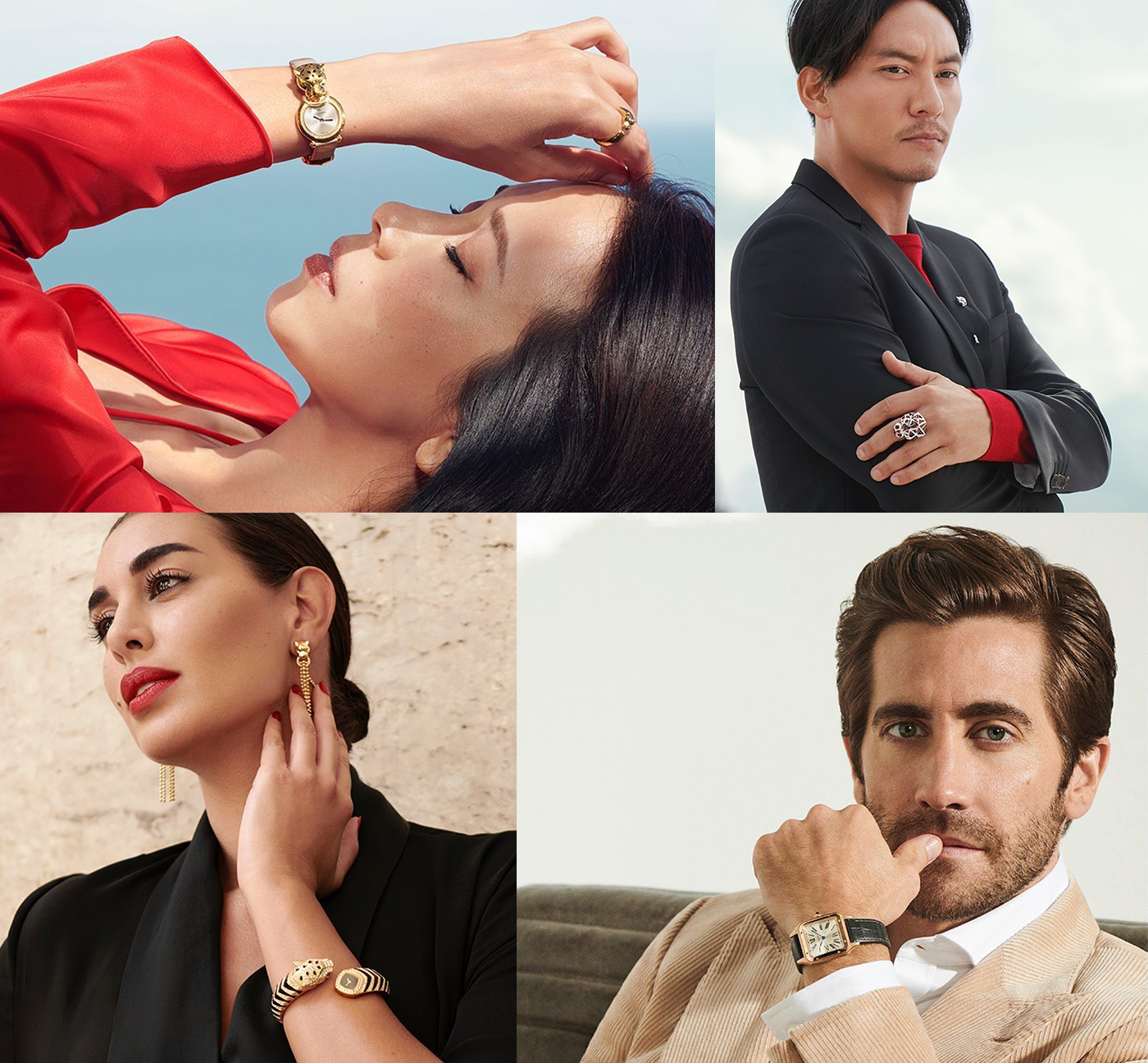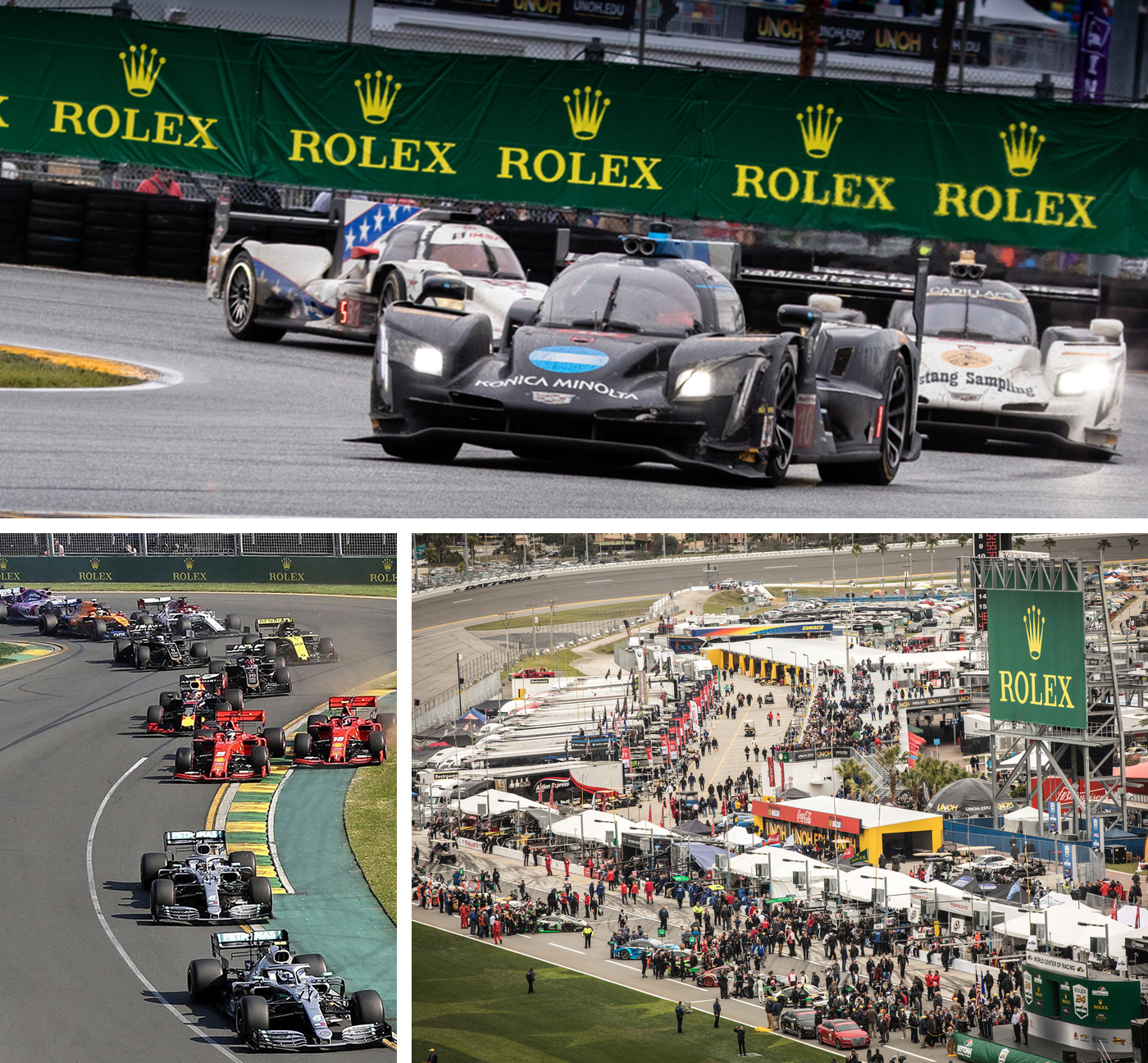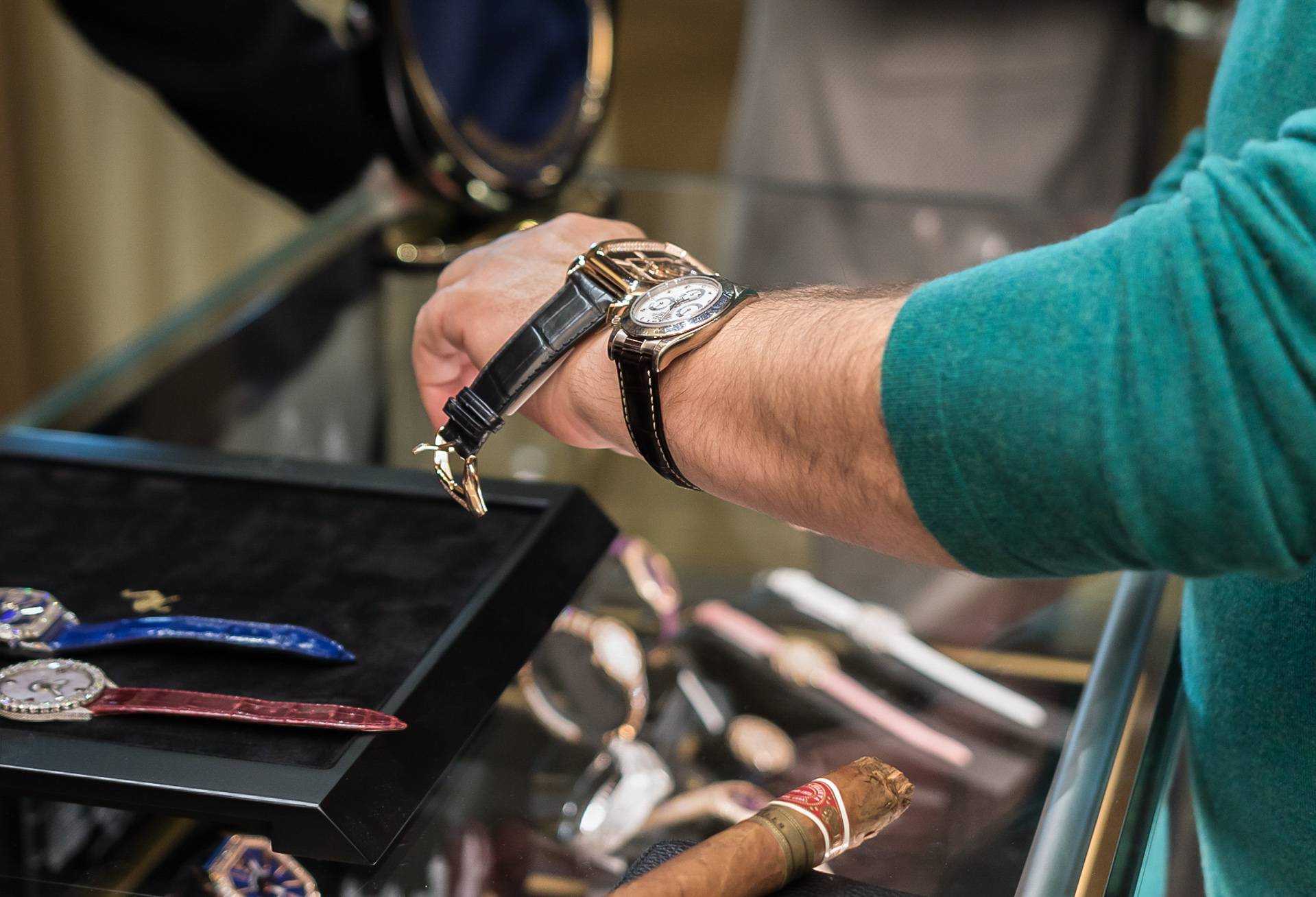 I recently had an interesting conversation about the differences between the global luxury wristwatch and jewelry markets. Despite an enormous overlap in terms of design, production, and manufacturing (not to mention that many brands produce both jewelry and watches), the watch and jewelry industries are markedly different. One simple way they are different is that the jewelry industry is much larger; some people even consider a large portion of the modern luxury watch industry to be a subset of the larger jewelry industry. Yet the way these products are marketed, then purchased, is quite different. One imprecise but interesting way of distinguishing watches and jewelry is that the former primarily appeals to men’s buying interests and the latter to women’s buying interests.
I recently had an interesting conversation about the differences between the global luxury wristwatch and jewelry markets. Despite an enormous overlap in terms of design, production, and manufacturing (not to mention that many brands produce both jewelry and watches), the watch and jewelry industries are markedly different. One simple way they are different is that the jewelry industry is much larger; some people even consider a large portion of the modern luxury watch industry to be a subset of the larger jewelry industry. Yet the way these products are marketed, then purchased, is quite different. One imprecise but interesting way of distinguishing watches and jewelry is that the former primarily appeals to men’s buying interests and the latter to women’s buying interests.
What is for certain is that jewelry enjoys one major advantage in the world, notably in the West: The purchase of jewelry is media-perpetuated, ritualized social behavior. Watches (traditional ones, at least) — for the most part — no longer enjoy being part of the mainstream’s ritual of celebrating certain milestones with purchases. Today, jewelry benefits from being a principle way of saying, “I love you,” “Happy graduation,” “You are now grown up,” “Will you marry me?” “I am very sorry,” or “We’ve been in a relationship for a long time,” and “Don’t worry, you are still pretty.” Society has a number of built-in rituals that peak when someone gives or gets jewelry. The jewelry industry enjoys a more constant demand for its items because these rituals are an important part of many people’s lives. The jewelry industry even has data suggesting how many times on average, particular people will have the occasion to buy jewelry in their lives.
Compare that with wristwatches, and the ritualization that comes to mind with purchasing them in the West is not as glamorous. Indeed, the ownership experience of having a nice watch has a place of prominence in at least celebrity and status-seeking cultures, but there are few contemporary examples of how mainstream consumers are naturally supposed to include luxury watch purchases at particular phases in life.
 Let me stop for a moment to explain why I keep mentioning the West, versus The World. In China, Japan, and other parts of “the East,” the ritual of purchasing a wristwatch for men still exists in many contexts, though to lessening degrees. For example, in some Eastern cultures, it is common for a woman to purchase a timepiece for a man when the man purchases an engagement ring for her. Further, the notion of corporate and social gifting is far more important in some Eastern cultures than in the West, with timepieces still being preferred gifts for male recipients (although less so, as wristwatches have had other kinds of products or experiences compete for demand as gifts). It is my belief that if luxury timepieces continue to lose mainstream relevance in the West as ritualized purchase items, then such a vacuum will inevitably lead to less demand in the East, though perhaps a few generations later.
Let me stop for a moment to explain why I keep mentioning the West, versus The World. In China, Japan, and other parts of “the East,” the ritual of purchasing a wristwatch for men still exists in many contexts, though to lessening degrees. For example, in some Eastern cultures, it is common for a woman to purchase a timepiece for a man when the man purchases an engagement ring for her. Further, the notion of corporate and social gifting is far more important in some Eastern cultures than in the West, with timepieces still being preferred gifts for male recipients (although less so, as wristwatches have had other kinds of products or experiences compete for demand as gifts). It is my belief that if luxury timepieces continue to lose mainstream relevance in the West as ritualized purchase items, then such a vacuum will inevitably lead to less demand in the East, though perhaps a few generations later.
Speaking of generations, it took just one or two in the West for wristwatches to fall out of favor as being the preferred gift for those aforementioned occasions. It is, however, also true that economic and cultural shifts in the West, such as the diminished buying power of the middle class and a focus on more social responsibility, have lowered historically high interest for luxury items in markets such as the United States.
Prior Western rituals that called for frequent purchases of wristwatches included bar mitzvahs or other coming-of-age ceremonies, graduations, job promotions or hirings, anniversaries, birthdays, retirements, competition completions, and business deal closings. Ironically, all of those rituals are, for the most part, still part of our culture, and yet rarely now do people strongly associate those events with receiving or buying a timepiece. At least, that is true for the younger generations, according to all the data.
 In 2017, I wrote about this topic at length on aBlogtoWatch when discussing how the luxury watch industry was robbing itself of relevancy. There, I demonstrated the marketing importance of creating contemporary relevancy between a product and its intended buyer. I further demonstrated how, in the West, the luxury watch industry was not doing enough to connect with a younger generation. At the time I did not articulate the specific notion of there being a lack of ritualized opportunities to purchase timepieces in Western societies, but the concept neatly fits into the previous argument. Creating ritualized watch purchase opportunities, complete with placing examples of those experiences in media, is one powerful way that watch brands can create relevancy with consumers.
In 2017, I wrote about this topic at length on aBlogtoWatch when discussing how the luxury watch industry was robbing itself of relevancy. There, I demonstrated the marketing importance of creating contemporary relevancy between a product and its intended buyer. I further demonstrated how, in the West, the luxury watch industry was not doing enough to connect with a younger generation. At the time I did not articulate the specific notion of there being a lack of ritualized opportunities to purchase timepieces in Western societies, but the concept neatly fits into the previous argument. Creating ritualized watch purchase opportunities, complete with placing examples of those experiences in media, is one powerful way that watch brands can create relevancy with consumers.
It would be a lie to say that watch brands have not attempted this — they have, though, most examples of luxury watch brands trying to place a product in a movie or show ends up feeling wonky or contrived. It isn’t that the brands aren’t trying, but rather that watch purchase rituals in Western culture are so rare that contriving them in a script simply feels artificial. Marketers will need more sophisticated and creative means to create (or adapt) rituals receptive to Western people that include buying or receiving a watch.
Perhaps the more straightforward technique a marketer might try in today’s Western world is to imagine a new twist on an old formula. For example, with sports, many brands mistakenly believe that marketing is a function of advertising, with a brand’s name appearing during events or otherwise in association. I don’t believe this is true. More important is to make your product an actual part of the sport. Rolex does it: Most of the events that Rolex sponsors actually include Rolex watches as prizes for the winners. Rolex doesn’t just sponsor sports, it also sponsors winning by making its product a trophy.
 Studies show that a lot of young people aren’t too interested in the sports that Rolex traditionally sponsors. What about a sport they are interested in? eSports, which has people competing in various video games, is functionally the same as a traditional sport in that contestants all play the same game with some people beating others in a test of merit. eSports might not include traditional athletes and arenas, but they have winners, drama, and huge prizes. All the competition and unpredictability of traditional sports are included, and yet luxury watch brands have yet to get the message that their millions of fans care deeply about the sport’s winner and top champions. Positioning a luxury timepiece as a prize for a particular game or eSports event is just one example of how to include a timepiece into contemporary ritualized consumer behavior.
Studies show that a lot of young people aren’t too interested in the sports that Rolex traditionally sponsors. What about a sport they are interested in? eSports, which has people competing in various video games, is functionally the same as a traditional sport in that contestants all play the same game with some people beating others in a test of merit. eSports might not include traditional athletes and arenas, but they have winners, drama, and huge prizes. All the competition and unpredictability of traditional sports are included, and yet luxury watch brands have yet to get the message that their millions of fans care deeply about the sport’s winner and top champions. Positioning a luxury timepiece as a prize for a particular game or eSports event is just one example of how to include a timepiece into contemporary ritualized consumer behavior.
If you think that the challenge for watch brands is too great, then you might not be considering some of the more famous examples of industries including their products in ritualized behavior. Coca-Cola advertised heavily during the great depression and ritualized drinking ice-cold soft drinks in public with family and friends as something that “liberated” American people did. De Beers ritualized diamonds as something you purchase for someone you want to marry. Levi’s ritualized the practice of wearing blue jeans as an expression of freedom, youth, risk-taking, and an idealized Western way of life. It is entirely conceivable that the rich emotional depth possible in the history, design, manufacturing, and craft of timepieces makes them available to many forms of modern relevancy. Through trial, error, and some luck, watch brands of today can make their brand, as well as the luxury timepiece category in general, an important part of ritualized behavior that today’s consumers will want to partake in.

